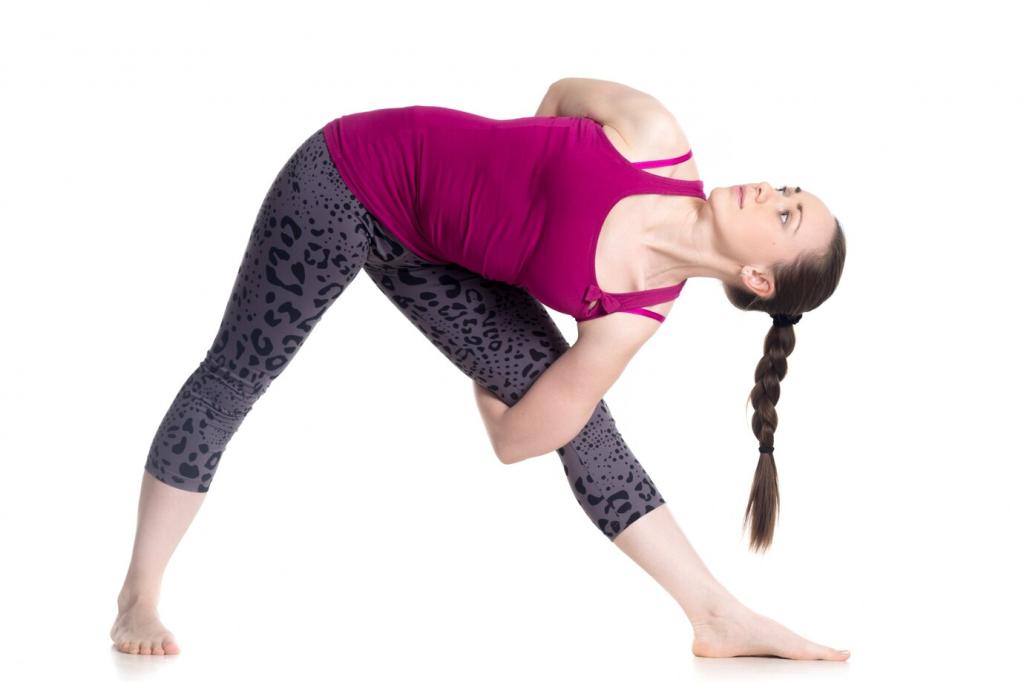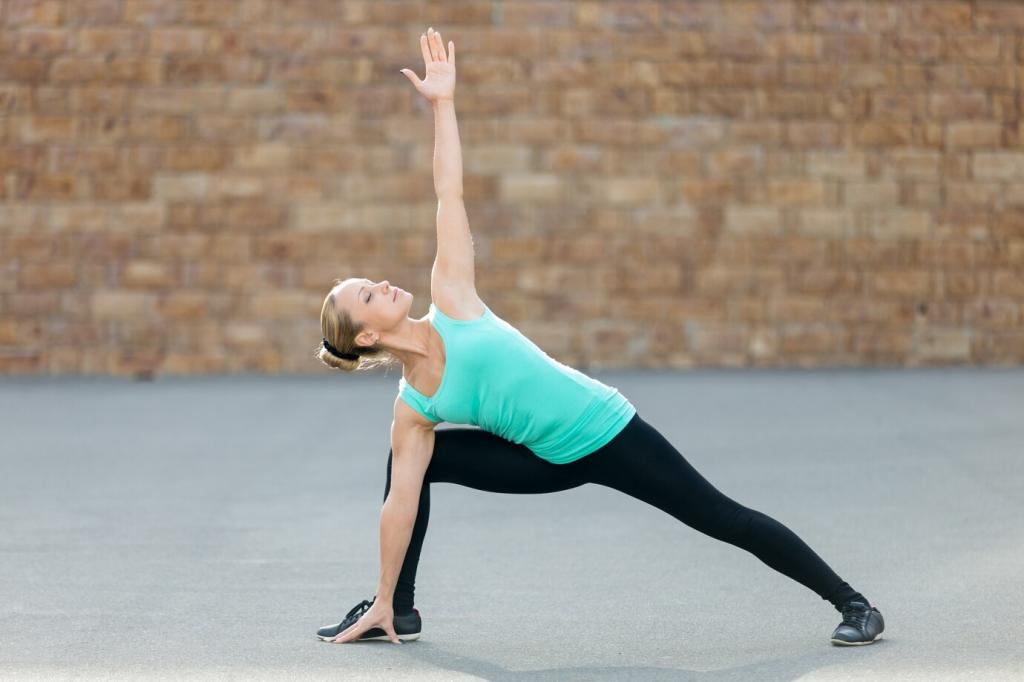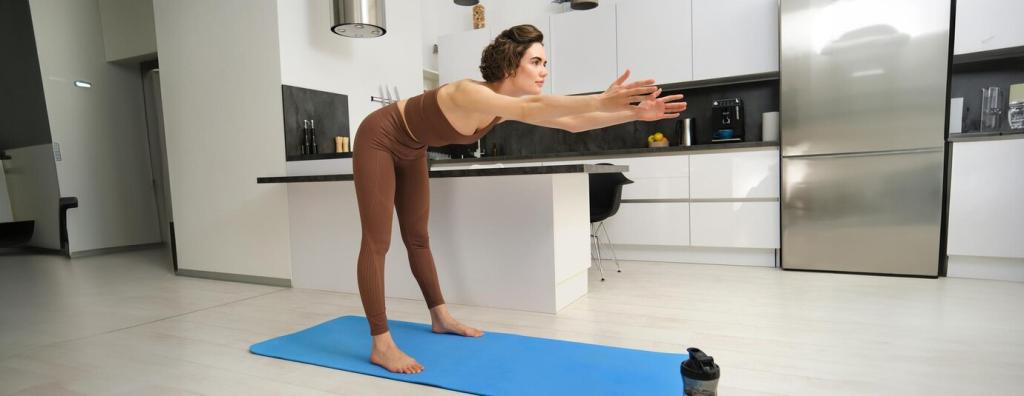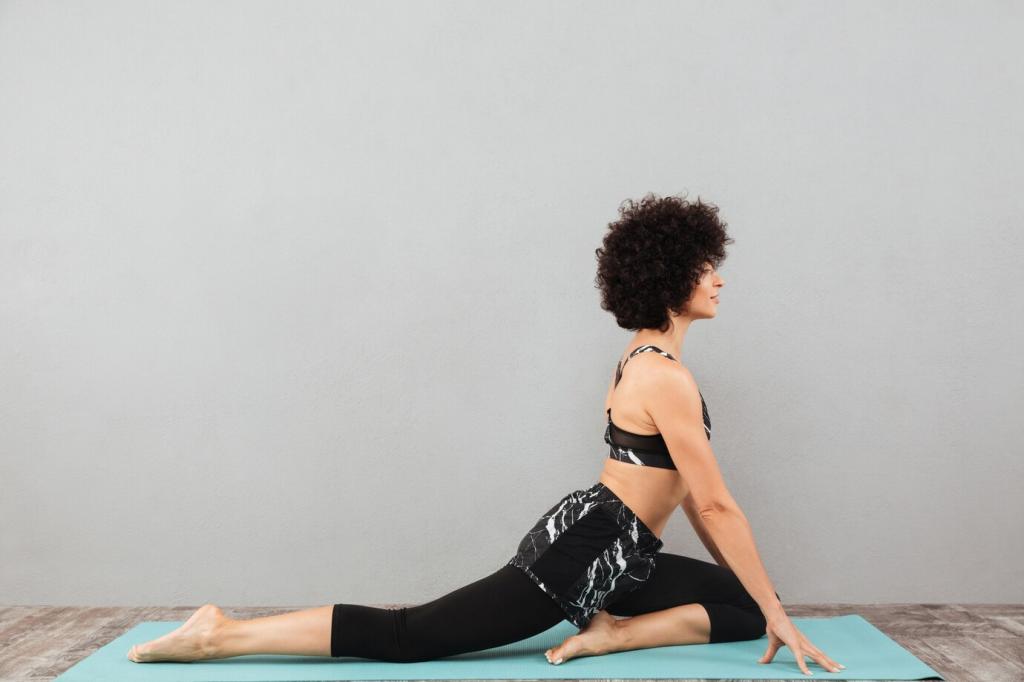
Begin Here: Yoga for Beginners — Must-Know Poses
Chosen theme: Yoga for Beginners: Must-Know Poses. Start your practice with clarity, curiosity, and confidence as we demystify foundational postures, share real beginner stories, and guide you step by step. Subscribe and join our community as you learn, breathe, and grow.
Find Your Foundation: Mountain Pose and Alignment Basics
Mountain Pose (Tadasana): Neutral From Heels to Crown
Stand with feet hip-width, heels grounded, toes relaxed, and weight evenly distributed. Lengthen through the crown, soften your jaw, and steady your gaze. A beginner named Lina found her back pain eased just by practicing this alignment for two mindful minutes.
Breath Inside the Pose: Calm, Even, Nasal
Let breath expand your ribs gently while shoulders soften down and back. Keep inhales and exhales equal, using the nose to warm and moisten air. Share how many calming breaths you manage in Tadasana today, and inspire another beginner to try.
Stacking Joints: Ankles, Knees, Hips, Shoulders
Think of your body like building blocks: ankles under knees, knees under hips, hips under shoulders. Micro‑bend the knees to avoid locking. This stacking cue protects joints, improves balance, and prepares you for Warriors, Tree, and standing flows.
Gentle Warm-Ups: Cat–Cow and Child’s Pose
Cat–Cow (Marjaryasana–Bitilasana): Wake the Spine
On hands and knees, exhale to round the back like a cat, inhale to arch like a cow. Move slowly, matching breath and motion. A reader, Marco, eased desk stiffness by doing ten smooth cycles before every practice session.
Child’s Pose (Balasana): Rest Without Collapsing
Knees wide or narrow, hips toward heels, forehead resting on the mat or a block. Reach arms long or drape them back. This restful shape supports nervous system calm, helping beginners reset whenever intensity climbs too quickly.
Wrist and Shoulder Prep for Downward Dog
Spread fingers, circle wrists, and press through knuckles to avoid collapsing in the heels of the hands. Shrug and release shoulders a few times. These simple activations make your first Downward Dog steadier and your transitions safer.
Standing Strength: Warriors and Balance
Step one foot back, heel angled, front knee tracking over the ankle. Hips rotate forward as ribs soften to avoid flaring. Our teacher once cued, “Press the back heel like a stamp,” and the pose suddenly felt grounded and powerful.
Front heel aligns with back arch, arms extend shoulder height, gaze soft over front fingers. Keep the torso centered between legs. A longer stance builds strength, but only go as deep as your breath stays smooth and steady.
Place the lifted foot to ankle or calf, never the knee. Press foot and leg together gently, lengthen through the crown. Wobbles are teachers; try a wall assist if needed. Share your longest tree hold this week to cheer others on.
Spread fingers wide, root the base of the index finger, and externally rotate the upper arms. Bend knees slightly to lengthen the spine. Think of hips lifting high as heels drift toward the mat without strain or urgency.

Hips and Heart: Low Lunge, Bridge, and Savasana
Knee under hip, front knee over ankle, tailbone lengthening down slightly. Reach arms up or keep hands on blocks. Imagine lifting out of the hips instead of collapsing into the joints, creating sustainable openness through the hip flexors.
Hips and Heart: Low Lunge, Bridge, and Savasana
Feet hip‑width, press evenly through heels, and lift hips with glutes and hamstrings. Interlace fingers or hold the edges of the mat. Keeping ribs integrated prevents crunching the low back, turning Bridge into a supportive, energizing backbend.


Blocks Under Hands: Bring The Floor Up
Place blocks beneath your hands in Downward Dog, Low Lunge, or Forward Fold to maintain length in the spine. This reduces strain, protects hamstrings, and keeps alignment organized so you can breathe comfortably instead of reaching and rounding.
Strap Support: Shoulders and Hamstrings
Use a strap between hands for shoulder‑width stability in standing poses and gentle chest opening. Around the foot, it aids hamstring stretches without yanking. A strap makes progress tangible while keeping effort kind and mindful.
Chair Variations: Stable Balance and Gentle Strength
Practice Chair‑supported Tree, Seated Cat–Cow, or Standing Forward Fold with hands to the chair. The support helps beginners refine alignment and build confidence. It’s perfect for office breaks and for days when energy runs low.
Progress, Safety, and Motivation
01
Common Mistakes: Overstriding, Locked Knees, Collapsed Arches
Shorten your stance if breath gets choppy, keep a micro‑bend to protect joints, and spread toes for balanced footing. These simple adjustments often transform poses from wobbly or pinchy to centered, strong, and refreshingly comfortable.
02
Micro-Goals and Habit Loops: Five Minutes First
Commit to five minutes daily with Mountain, Cat–Cow, and Savasana. Tiny, repeatable wins compound into confidence. Track your streak and celebrate with a new pose each week, turning motivation from a spark into a steady flame.
03
Community Check-In: Share Your First Pose Story
Tell us which pose surprised you, what helped most, and where you want guidance next. Comment below, invite a friend to join, and subscribe for beginner‑friendly challenges that meet you where you are, step by encouraging step.
